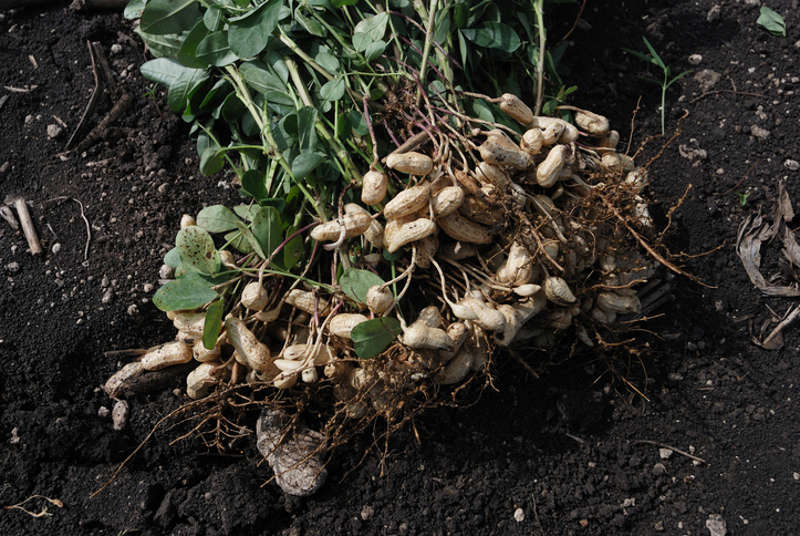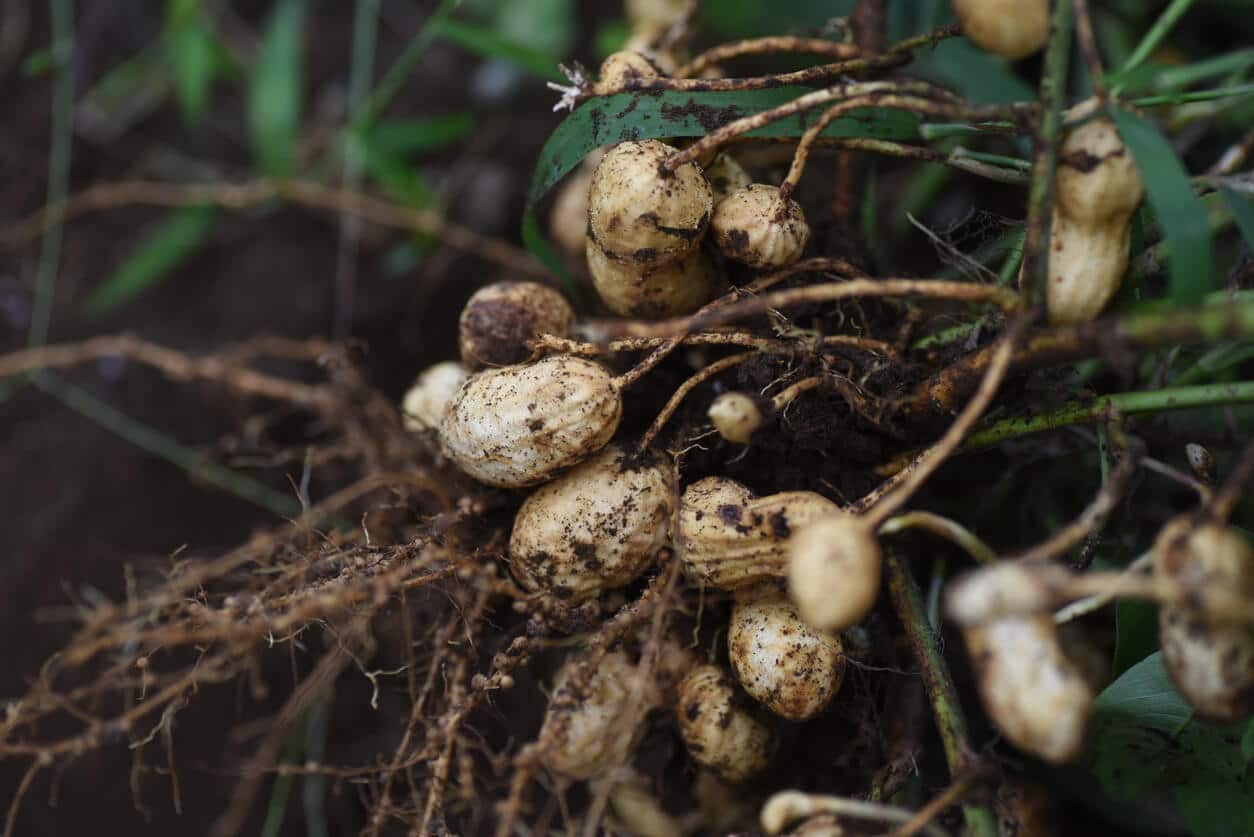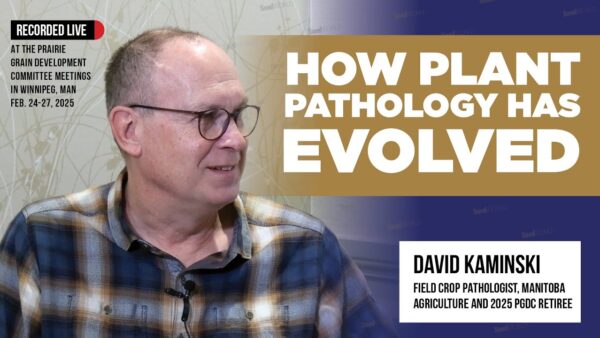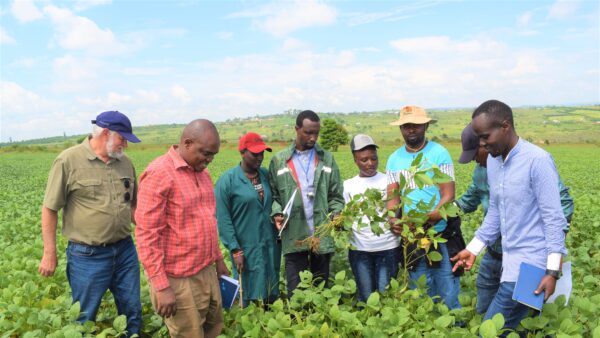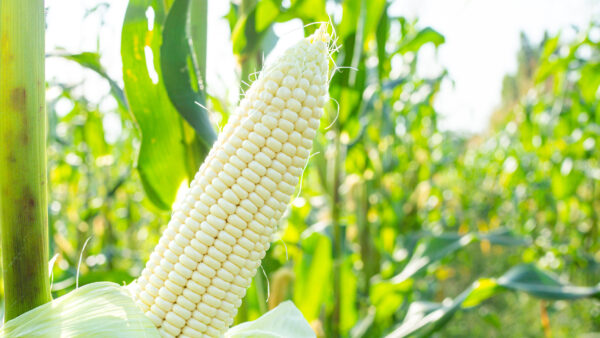Breeding new varieties of this popular snack to please the industry is no easy feat.
Peanut butter. Peanut oil. Dry roasted. Honey roasted.
This list barely scratches the surface of all the different products produced from peanuts. Tom Isleib has spent his plant breeding career trying breed the perfect peanuts to satisfy the industry. It hasn’t been easy, says the plant breeder at North Carolina State University. Isleib is responsible for peanut cultivar development for North Carolina.
“Although they all share the desire to be profitable, often the goals of one sector [within the peanut industry] are somewhat at odds with those of another. Growers want high yield and disease resistance, shellers want bright shapely pods that meet their needs for different pod classes, processors want good flavor and now the high-oleic fatty acid trait that extends shelf life. All these different traits are a lot of varmints to chase up one tree,” Isleib says.
“I am near the end of my plant breeding career and have not got all of them up there. It’s a never-ending process.”
According to the American Peanut Council, seven states account for approximately 99 percent of all peanuts grown in the country. Georgia grows the major proportion of all peanuts followed by Texas, Alabama, North Carolina, Florida, Virginia, and Oklahoma. There are approximately 25,000 peanut farmers in the major producing regions.
The U.S. is one of the world’s leading peanut exporters, with average annual exports of between 200,000 and 250,000 metric tons.
Isleib, 62, recently spoke about his research to attendees of the National Association of Plant Breeders (NAPB) annual meeting. His research interests include introgression of unadapted germplasm into adapted populations and development of disease and insect resistant germplasm.
He says if there’s one concern different peanut industry sectors have in common, it’s disease resistance.
Late leaf spot (LLS) is a headache for the peanut industry. Caused by the fungus Phaeoisariopsis personata, it’s a major foliar disease that reduces the pod yield and severely affects the fodder and seed quality in peanut. It can cause yield losses of up to 50 per cent.
A peanut plant resistant to LLS would be considered the Holy Grail for the peanut industry, and Isleib says such a variety would change a lot for growers.
That’s because peanut plants affected by LLS suffer from defoliation, he notes, which reduces healthy leaf area and weakens the stems and pegs, causing pods to fall off the vine during digging and harvest.
“In parts of the world where peanuts are harvested by hand, it isn’t quite as much of an issue. But in America, where it’s done with machines, it can make things difficult,” says Isleib.
According to the Oklahoma Cooperative Extension Service, levels of resistance in peanut varieties alone are not sufficient to provide adequate disease control. Spanish varieties are most susceptible, Virginia types are intermediate and runner varieties are partially resistant.
Isleib explains that three new peanut diseases have added insult to injury since he got involved with the legume in the 1970s: Cylindrocladium black rot (CBR or black root rot), Sclerotinia blight (not really new, but much more widely distributed in the Virginia-Carolina area than it used to be), and tomato spotted wilt virus (TSWV).
It all makes for a huge challenge for breeders.
“There will be new ones or resurgence of old ones, I have no doubt,” he says. “I am confident in the abhorrence nature has of a vacuum and in the efficacy of selection, artificial or natural.”

Health Concerns
Other than disease resistance, the peanut industry has been focused on breeding new peanuts with health concerns in mind — specifically, peanuts high in oleic acid, a monounsaturated fatty acid. Isleib was there to see the development of the high-oleic trait, which he calls another “drop everything/must have” trait.
He developed the Sullivan and Wynne varieties of peanuts, both high-oleic varieties in 2015. Both saw their seeds available in limited supply this past spring, and are comparably resistant to CBR, tomato spotted wilt virus and Sclerotinia blight.
Both of the new varieties boast 43-44 percent extra large kernels (ELK), which is prized by manufacturers of certain products.
“It is hard, if not impossible, to hit the right average pod weight for a new release: different shellers have different markets for the various sizes of pods and kernels, so one size definitely does not fit all,” Isleib says.
Another development in recent years has been the push to create a hypoallergenic peanut. While efforts have been made to breed such a peanut, so far nothing has hit the market. According to Isleib, creating a peanut free of the genetic material that triggers allergic reactions isn’t simple, and he’s not sure it’s possible, despite enthusiasm about gene editing techniques that could theoretically create such a peanut.
“Breeding that material out would make for a different peanut,” he notes. “I’m not convinced you can breed out these proteins and still have something you could call a peanut. What would the effect be on germination? There are a lot of questions.”
Successful Event
The NAPB Annual Meeting was hugely successful this year. Isleib was among a host of presenters who spoke about a range of crops, among them sweet potatoes, tobacco, strawberries, soybeans, ornamentals and more. Around 270 people attended.
“It’s higher than past years. In the last three years we were probably up 50 people at least,” says Don Jones, NAPB treasurer and organizer of this year’s event, held in Raleigh, North Carolina.
He says organizers made special effort this year to feature a wide range of crops.
“We wanted to feature more than just row crops and reach out to the horticulture and ornamental and fruit tree community. NAPB has traditionally had the meeting in the Midwest, so you tend to get a lot of corn and soybean-type speakers.”
This year’s theme was Improving Efficiency in Breeding Programs. It will be held next year in Davis, California. For more information on the NAPB, visit plantbreeding.org.


